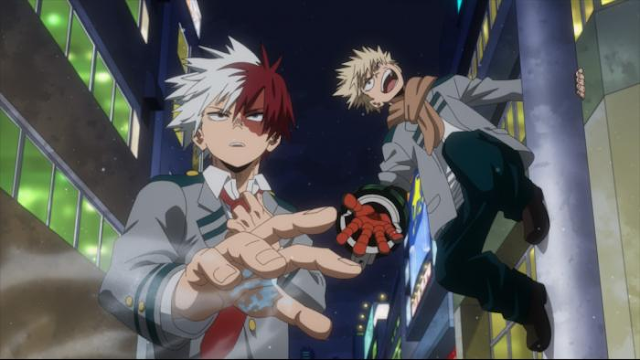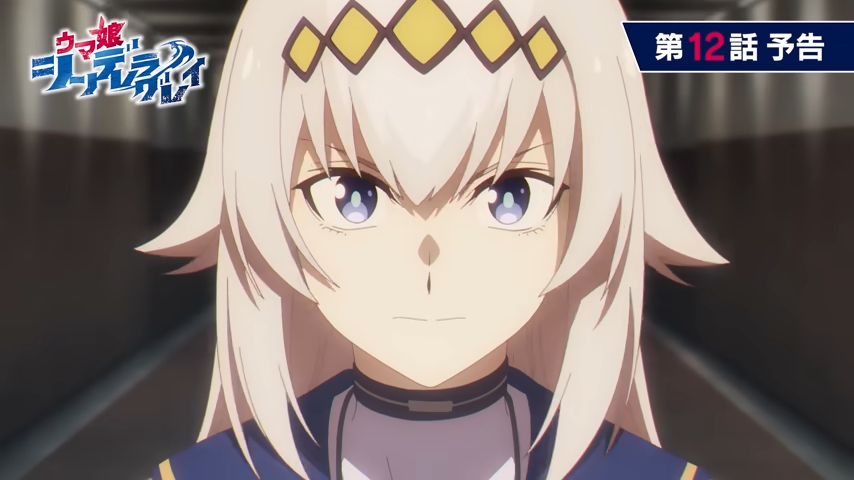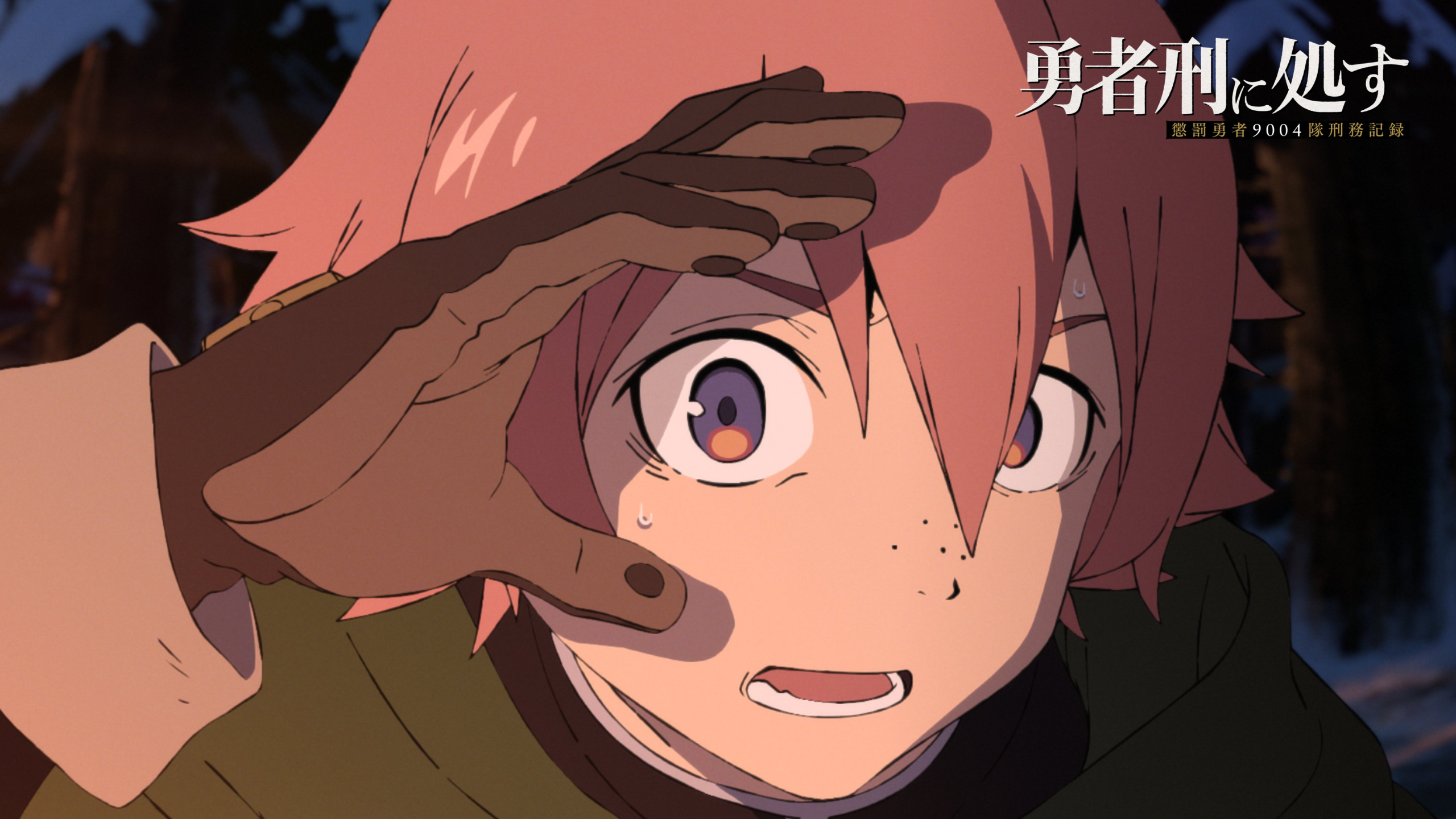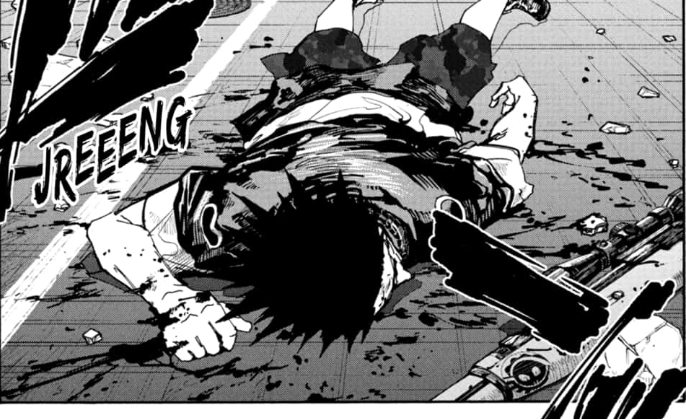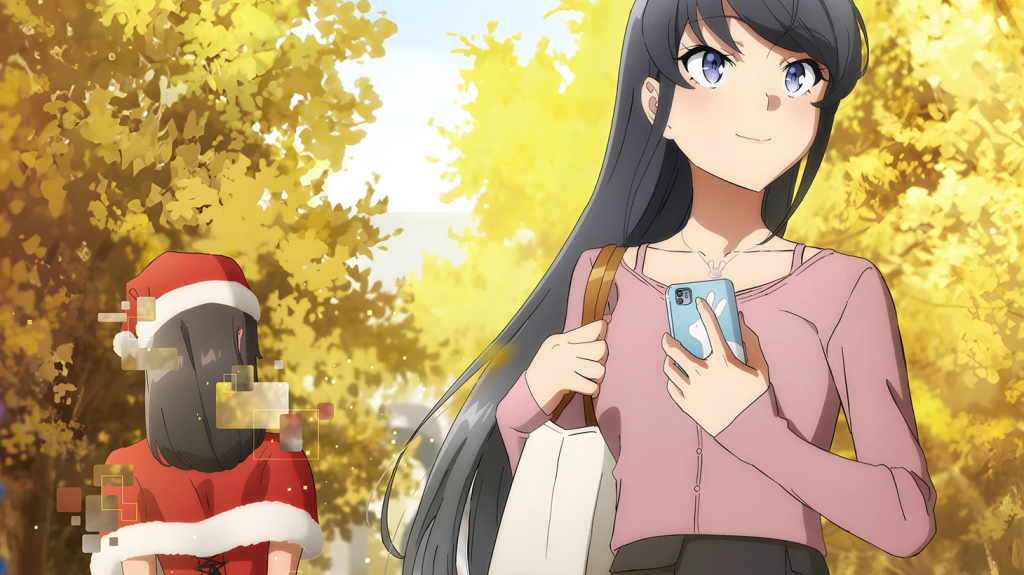
Arisunime — “Rascal Does Not Dream,” known in Japan as “Seishun Buta Yarō,” is a captivating anime series that transcends typical high school romance, delving into the perplexing and often emotionally charged realm of “Adolescence Syndrome.” This phenomenon manifests as supernatural occurrences affecting teenagers, often reflecting their underlying anxieties and psychological struggles. The series masterfully blends elements of psychological drama, supernatural mystery, and heartwarming romance, creating a uniquely engaging narrative.
Synopsis: A World of Adolescent Wonders and Woes
The story centers on Sakuta Azusagawa, a cynical yet compassionate high school student with a reputation for being an outcast. His life takes an extraordinary turn when he encounters Mai Sakurajima, a famous teenage actress, dressed as a bunny girl in a library. The peculiar twist? No one else can see her. This bizarre incident marks the onset of Mai’s “Adolescence Syndrome,” a condition that causes her to gradually fade from people’s perception.
Sakuta, who has experienced Adolescence Syndrome himself, decides to help Mai. As they work to unravel the mystery behind her condition, they develop a deep and unconventional romantic relationship. Their journey, however, is just the beginning. Sakuta soon finds himself encountering other girls afflicted with various manifestations of Adolescence Syndrome, each presenting unique and challenging puzzles that force him to confront complex emotional and psychological dilemmas. From his younger sister Kaede’s sudden personality shift and agoraphobia to the existential crises of his peers, Sakuta navigates these supernatural phenomena with a blend of pragmatism, wit, and unwavering empathy. The narrative often explores themes of self-identity, societal pressure, loneliness, and the profound impact of human connection.
Core Characters: The Heart of the Story
- Sakuta Azusagawa: The pragmatic and often sarcastic protagonist, Sakuta is fiercely loyal and empathetic, always willing to go to great lengths to help those suffering from Adolescence Syndrome, even at his own expense. His blunt honesty and unwavering support make him a compelling and admirable character.
- Mai Sakurajima: A successful actress who puts her career on hiatus, Mai is initially reserved but reveals a kind, intelligent, and strong-willed personality. Her relationship with Sakuta forms the emotional core of the series.
- Shoko Makinohara: A mysterious girl with the same name as Sakuta’s first crush. Her appearances are pivotal to some of the series’ most emotional and time-bending arcs, adding layers of complexity to the overarching narrative.
- Kaede Azusagawa: Sakuta’s younger sister, whose severe case of Adolescence Syndrome deeply impacted Sakuta’s life. Her journey of recovery and self-discovery is a significant emotional through-line.
- Rio Futaba: The sole member of the school’s science club and one of Sakuta’s few friends, Rio often provides scientific or theoretical explanations for the Adolescence Syndrome, serving as the group’s intellectual anchor.
Themes and Impact: More Than Meets the Eye
“Rascal Does Not Dream” stands out for its intelligent exploration of profound themes. The “Adolescence Syndrome” serves as a powerful metaphor for the invisible struggles and psychological burdens faced by teenagers, such as social anxiety, identity crises, and the fear of being forgotten or misunderstood. The anime delves into:
- Psychological Realism: Despite the supernatural elements, the show grounds its characters’ emotional struggles in relatable human experiences, making their dilemmas feel authentic and impactful.
- The Power of Connection: The series emphasizes the importance of empathy, communication, and mutual support in overcoming personal challenges. Sakuta’s willingness to understand and help others is a recurring motif.
- Sacrifice and Selflessness: Several arcs highlight characters making significant sacrifices for the well-being of others, exploring the complexities and emotional toll of such decisions.
- Time and Causality: Especially in the “Dreaming Girl” movie arc, the narrative ventures into mind-bending concepts of time loops and alternate realities, adding a layer of philosophical depth.
The anime has been praised for its sharp dialogue, well-developed characters, and its ability to tackle complex psychological topics with sensitivity and nuance. Its unique blend of genres and mature storytelling has garnered a dedicated fanbase.
“Rascal Does Not Dream” is more than just a captivating story; it’s a thought-provoking exploration of the human psyche and the often-unseen struggles of adolescence, wrapped in a compelling supernatural mystery.***
